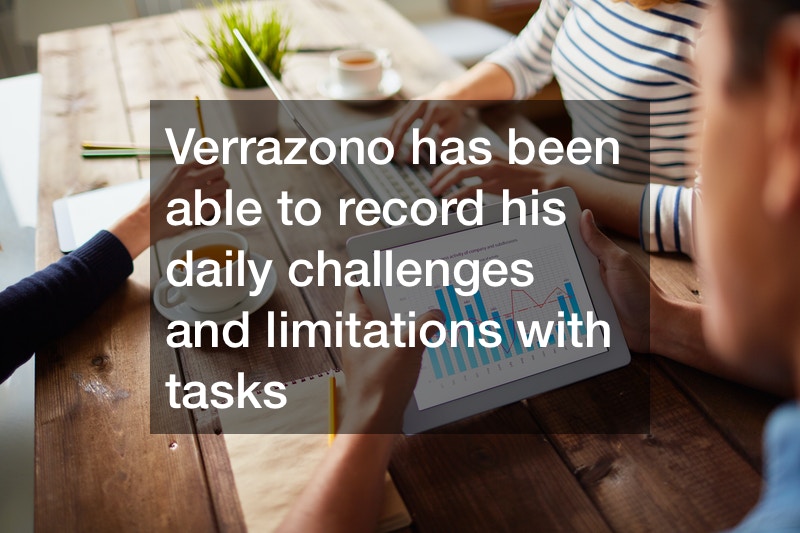Google Glass Gets a New Use: Recording Personal Injury Struggles

Whether it occurs in the workplace or elsewhere, a serious personal injury is a life-altering experience that requires both sympathy from others and financial compensation from those responsible. It is the accident lawyer who can help victims obtain the compensation needed to deal with their injuries.
Individuals, businesses and organizations are expected to take the steps needed to provide basic personal injury protection to others. When they fail to do so, the victims have the right to seek accident injury compensation. However, they will need legal representation in order to challenge the actions of insurance companies and defendant personal injury lawyers, who will do what is necessary to protect their clients.
Damages can be sought for different reasons. Basic bodily injury compensation is economic in nature because it covers medical expenses, including medications and long-term care. Damages can also be sought to replace lost wages. General damages are not based on the monetary costs of an injury, but rather the personal costs incurred. These include the physical pain experienced, and even the effects of an injury on one’s family relationships. No matter the type sought, an accident lawyer can help victims obtain the compensation they deserve.
 The way evidence is chronicled during personal injury lawsuits is evolving as more claimants are using Google Glass to record their struggles with their injuries first-hand.
The way evidence is chronicled during personal injury lawsuits is evolving as more claimants are using Google Glass to record their struggles with their injuries first-hand.
According to a Wall Street Journal report, the camera on Google’s wearable computer has become a way for personal injury claimants to document their experiences and what businesses do — or don’t do — to protect employees from personal injury. Phoenix, Arizona-based law firm Fennemore Craig is one firm that has recently begun to hand out Google Glass to their personal injury clients.
The Wall Street Journal cited one example of this: Gary Verrazono, a client of Fennemore Craig who lost his right arm and leg when a forklift fell on him in 2012. Because Google Glass’ camera is voice-activated and hands-free, Verrazono has been able to record his daily challenges and limitations with tasks like washing the dishes with one hand and moving a grocery cart. Verrazono’s attorney told the Wall Street Journal that he plans to show this video to the courtroom his personal injury lawsuit.

Andrew Clawson, a personal injury practice manager at Fennemore Craig, says that Glass’ video recording capabilities aren’t the only thing that makes the device appealing to lawyers.
“What we love too about Google Glass is that it’s integrated with all of Google’s services,” Clawson told Arizona radio station KTAR-FM. “It’s integrated with the cloud, so it’s different than if Gary just had a GoPro (camera) strapped to his chest, or a GoPro strapped to his head … he would have to take the memory card out and put it into the computer, but when Gary shoots a video (on Google Glass) it’s automatically uploaded into the cloud.”
The first-person perspective created with Glass video allows the courtroom to empathize with the client, whose experience they might not fully understand. The use of Google Glass in personal injury lawsuits will likely increase as prices drop and a mass-market version is released sometime in the near future.







